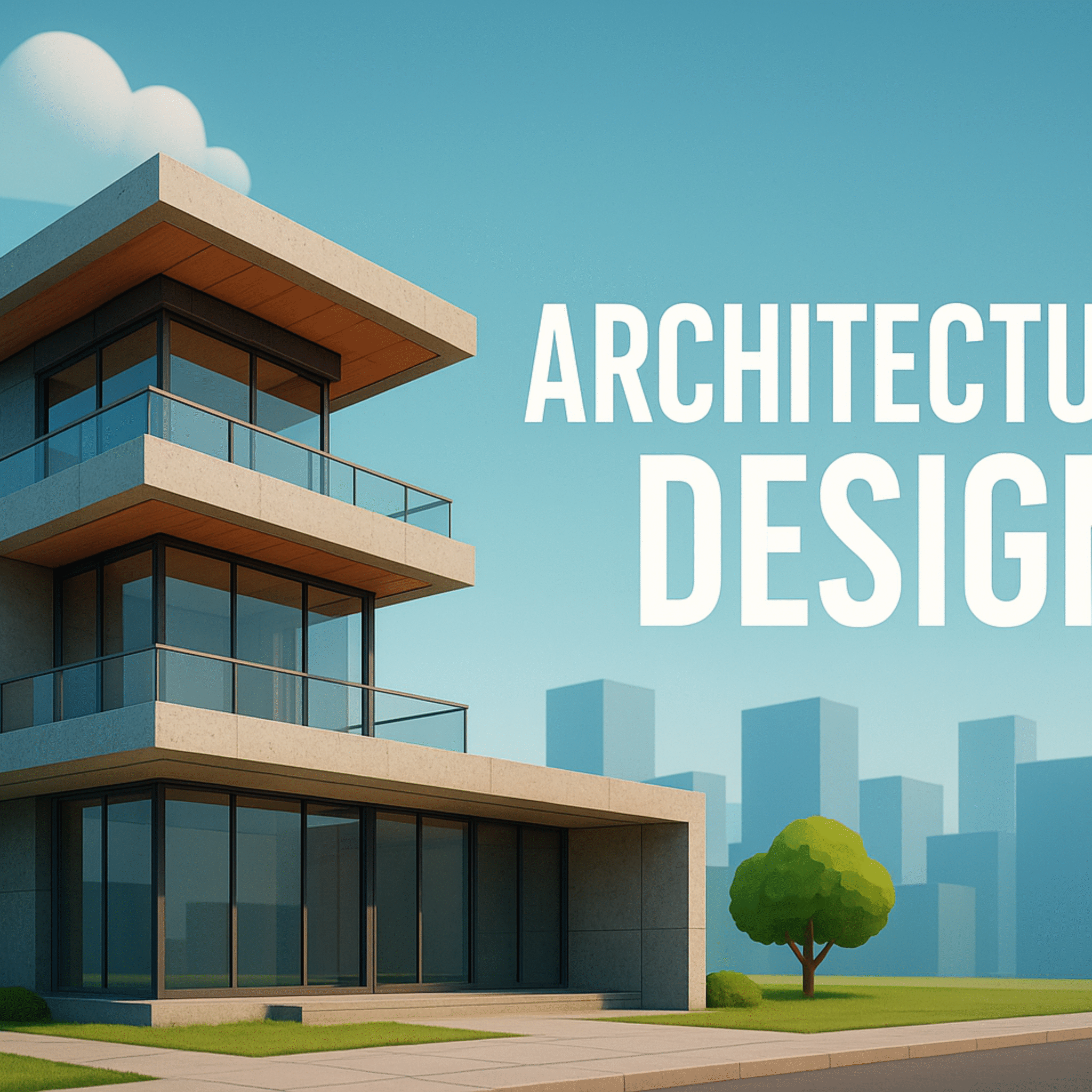architectural designer salary

What is the salary of an architectural designer ?
The salary of an architectural designer is a topic that reflects the dynamic nature of the architecture industry, influenced by factors such as experience, education, geographic location, and the complexity of projects undertaken. Architectural designers play a vital role in transforming conceptual ideas into tangible structures, and their compensation often mirrors the level of expertise and responsibility involved in their work.
Starting salaries for entry-level architectural designers typically range from $45,000 to $60,000 annually in many countries, including the United States. These figures can vary significantly depending on the region, with metropolitan areas such as New York City, San Francisco, or London offering higher starting pay due to the cost of living and demand for architectural talent. Entry-level professionals usually possess a degree in architecture or a related field and may have some internship or work experience that helps them secure their first position.
As architectural designers gain more experience, their salaries tend to increase substantially. After three to five years in the industry, a designer may earn between $60,000 and $80,000 per year. Those who develop a specialized skill set, such as expertise in sustainable design, historic preservation, or advanced CAD/BIM technologies, can command higher wages. Experience not only enhances technical skills but also boosts a designer’s ability to manage projects, communicate with clients, and lead teams, all of which are valued by employers and reflected in compensation.
Senior architectural designers or project leaders with over ten years of experience can expect salaries that range from $80,000 to over $100,000 annually. In large firms or high-cost cities, salaries can exceed this range, especially for those who have established a strong reputation or possess unique expertise. These professionals often oversee multiple projects, coordinate with cross-disciplinary teams, and contribute to strategic planning, making their roles more complex and better compensated.
Freelance architectural designers and consultants operate on a different salary model, often charging hourly rates or project-based fees. Their income can vary widely depending on their reputation, portfolio, and client base. Successful freelancers with a robust network and specialized skills can achieve earnings comparable to or exceeding those of salaried counterparts.
Geographical location plays a significant role in determining architectural designer salaries. Countries with a mature architecture industry and higher living costs, such as the United States, Canada, the UK, and parts of Western Europe, generally offer higher wages. Conversely, salaries in developing countries or regions with emerging markets tend to be lower but may be complemented by other benefits or a lower cost of living.
Educational qualifications also impact earning potential. While a bachelor’s degree may suffice for entry-level positions, obtaining a master’s degree or further certifications, such as LEED accreditation or PMP certification, can open doors to higher-paying roles and leadership positions. Continuous professional development is crucial in this field, as it not only enhances skills but also boosts earning potential.
In addition to base salary, many architectural designers receive benefits such as health insurance, retirement plans, paid time off, and opportunities for professional growth. Large firms often provide additional perks like bonuses, profit sharing, or subsidized continuing education, which contribute to overall compensation.
Overall, the salary trajectory of an architectural designer is closely tied to their skill development, experience, specialization, and the economic landscape of their working environment. While initial salaries may be modest, there is significant potential for growth, especially for those who continually hone their expertise, take on leadership roles, and expand their professional networks. The architecture industry offers a rewarding career path both creatively and financially for dedicated professionals.
senior architectural designer salary
The role of a Senior Architectural Designer is a vital position within the architecture and design industry, combining creative vision with technical expertise to shape innovative and functional built environments. As professionals with extensive experience, senior designers are responsible for leading complex projects, overseeing design teams, and collaborating closely with clients, engineers, and contractors. Their expertise ensures that architectural concepts are translated into practical, aesthetically pleasing structures that meet both client expectations and regulatory standards.
One of the primary factors influencing the salary of a Senior Architectural Designer is geographic location. Salaries tend to be higher in major metropolitan areas with a thriving construction and design industry, such as New York, London, or Dubai. These locations often offer more opportunities for high-profile projects and a greater demand for experienced professionals. Conversely, in smaller cities or regions with less active construction markets, salaries may be comparatively lower, although the cost of living can also impact overall compensation.
Experience plays a significant role in determining salary levels for senior designers. Typically, professionals with over 10 years of experience in architecture and design command higher wages than those with fewer years in the field. Their deep understanding of design processes, project management, and client relations allows them to take on leadership roles and handle more complex projects, which in turn boosts their earning potential. Additionally, those with specialized skills in sustainable design, urban planning, or innovative construction methods may also receive premium compensation.
Educational background and professional certifications are important considerations as well. A bachelor’s degree in architecture is a minimum requirement, but many senior designers hold advanced degrees such as a Master of Architecture (M.Arch) or additional certifications like LEED accreditation or Project Management Professional (PMP). These qualifications can enhance a designer’s profile and lead to higher salary brackets, reflecting their advanced knowledge and commitment to professional development.
The size and prestige of the employing firm can significantly influence salary levels. Large, well-established architecture firms with an international presence often offer higher salaries, comprehensive benefits, and opportunities for career advancement. Smaller or boutique firms may offer more personalized work environments but might have limited budgets for compensation. Freelance senior designers or those who operate independently can also command high hourly or project-based rates, especially if they have a strong reputation or niche expertise.
In terms of salary figures, the average annual salary for a Senior Architectural Designer varies widely depending on these factors. In the United States, for example, the median salary can range from $80,000 to over $120,000 per year. In the United Kingdom, senior designers might earn between £40,000 and £70,000 annually. In Australia, salaries often fall within AUD 90,000 to AUD 130,000. These figures can be higher or lower depending on the specific industry sector, project complexity, and additional benefits such as bonuses, profit sharing, or stock options.
Furthermore, the evolving nature of the architecture industry, particularly with advances in sustainable and digital design technologies, influences salary trends. Senior designers who are proficient in Building Information Modeling (BIM), parametric design, or eco-friendly design strategies are increasingly in demand and can command higher compensation packages. As the industry continues to prioritize innovation and sustainability, the earning potential for senior architectural designers is expected to grow.
In conclusion, a Senior Architectural Designer’s salary is shaped by a combination of geographic location, experience, education, skill set, and the size of the employing organization. While the profession offers lucrative opportunities for those with extensive expertise and specialized skills, it also demands continuous learning and adaptation to industry trends. For seasoned professionals in the field, the role not only provides a rewarding career path but also a competitive financial reward commensurate with their contribution to the built environment.
entry level architectural designer salary
The role of an entry-level architectural designer serves as the foundational step for many aspiring professionals in the field of architecture. As they begin their careers, understanding the typical salary range for this position is crucial for setting realistic expectations and planning for the future. Entry-level architectural designer salaries can vary significantly depending on factors such as geographic location, size and type of firm, level of education, and individual skill set.
On average, in the United States, an entry-level architectural designer earns between $45,000 and $60,000 annually. This range reflects the starting point for recent graduates or those with limited professional experience. Larger metropolitan areas, especially cities with a high cost of living like New York, San Francisco, and Los Angeles, tend to offer higher salaries to compensate for the increased expenses. In these locations, an entry-level salary might range from $50,000 to $65,000 or more.
In contrast, smaller cities and regions with a lower cost of living may see starting salaries closer to the lower end of the spectrum, around $40,000 to $50,000. It’s important to note that these figures are approximate and can fluctuate based on the current economic climate, demand for architects, and regional industry standards.
The type of firm also influences salary levels. Large architecture firms or multinational companies often provide higher wages, comprehensive benefits, and more opportunities for professional development compared to small or boutique firms. Additionally, specialized firms focusing on high-end residential, commercial, or institutional projects might offer slightly higher starting salaries due to the nature and complexity of their work.
Educational background plays a significant role as well. A candidate with a Master of Architecture (M.Arch) degree may command a higher starting salary compared to someone with only a Bachelor of Architecture (B.Arch), reflecting their advanced training and potential for greater contribution to complex projects. Certifications and additional skills, such as proficiency in advanced design software or sustainable building practices, can also boost earning potential.
Beyond base salary, many firms offer benefits that add value to the overall compensation package. These may include health insurance, retirement plans, paid time off, and opportunities for mentorship and professional growth. Some firms also provide bonuses or performance-based incentives, which can further enhance total earnings.
It’s worth noting that as architectural designers gain experience and develop their portfolios, their salaries tend to increase substantially. After a few years in the field, many professionals move into more senior roles such as project architects or design managers, where compensation can significantly surpass entry-level figures.
In summary, the salary of an entry-level architectural designer is a key consideration for those entering the profession. While starting salaries typically range from $45,000 to $60,000 in the United States, various factors can influence these figures. Aspiring architects should consider regional differences, firm size, specialization, and educational background when assessing potential earnings. As they gain experience and expand their skill set, opportunities for higher compensation and career advancement will naturally follow, paving the way for a successful and rewarding career in architecture.
average architectural designer salary
The average salary of an architectural designer is a topic that garners significant interest within the construction and design industries. As a vital component of architectural firms, design studios, and freelance practices, architectural designers play a crucial role in translating conceptual ideas into detailed plans and visualizations. Their compensation varies based on numerous factors, including experience, education, geographic location, and the specific employer or project scope.
Globally, the salary for architectural designers typically ranges from $40,000 to $80,000 annually. Entry-level designers or recent graduates usually start at the lower end of this spectrum, earning around $40,000 to $50,000 per year. These early career professionals often work under the supervision of senior architects, gaining practical experience and honing their skills. As they accumulate experience, their salaries tend to increase, reaching the $60,000 to $70,000 range within five to seven years of practice.
In regions with a high demand for architectural services, such as major metropolitan areas or countries with a booming construction sector, salaries tend to be higher. For instance, in cities like New York, London, or Dubai, architectural designers can earn between $70,000 and $100,000 annually, especially if they possess specialized skills or have established a strong professional reputation. Conversely, in areas with less demand or lower living costs, salaries may be closer to the national average or below.
Educational background significantly influences earning potential. Architects with a bachelor’s degree in architecture or related fields may start with lower salaries compared to those who hold a master’s degree or additional certifications in sustainable design, project management, or specialized software. Continuing education and professional development can lead to higher-paying roles, including senior designer or project manager positions.
The size and prestige of the firm also play a role in salary variations. Large, well-established firms with international clients often offer higher wages and benefits compared to smaller, local practices. Additionally, firms that focus on high-profile projects or innovative design solutions may pay more to attract top talent. Freelance architectural designers have a different earning structure; their income depends on the number and complexity of projects they undertake, their reputation, and their ability to market themselves effectively.
Technology has increasingly transformed the role of architectural designers. Proficiency in advanced software such as AutoCAD, Revit, SketchUp, and BIM tools is often a prerequisite for higher-paying positions. Those who possess expertise in sustainable design, 3D visualization, or virtual reality can command premium salaries due to the high demand for these specialized skills.
Furthermore, career progression opportunities can significantly impact earning potential. With experience, architectural designers can advance to senior designer roles, project leads, or even start their own firms. Leadership positions typically come with substantial salary increases and additional benefits, reflecting their greater responsibilities.
In summary, the average salary of an architectural designer is influenced by various factors, including experience, education, location, and the type of employer. While entry-level salaries may be modest, there is considerable potential for growth and increased earning power with experience, specialization, and professional development. As the architecture industry continues to evolve with technological advancements and innovative design practices, the demand for skilled architectural designers remains strong, promising a dynamic and potentially lucrative career path.
junior architectural designer salary
A career as a junior architectural designer offers a promising pathway into the vibrant world of architecture, blending creativity with technical expertise. One of the key factors aspiring professionals consider when entering this field is the salary, which can significantly influence career decisions and future growth prospects. The salary of a junior architectural designer varies widely depending on factors such as geographic location, education level, firm size, and individual skill sets.
Typically, a junior architectural designer is an entry-level position suited for recent graduates or those with limited professional experience. In many regions, the starting salary for such roles ranges from approximately $40,000 to $60,000 annually. For example, in the United States, the average salary hovers around $50,000 per year, although in major metropolitan areas like New York or San Francisco, salaries can be higher due to the increased cost of living and demand for architectural talent. Conversely, in smaller cities or countries with lower economic indexes, starting salaries may be closer to the lower end of the spectrum.
Educational qualifications play a crucial role in determining salary levels. Candidates with a master’s degree in architecture or related fields often command higher starting salaries compared to those with only a bachelor’s degree. Additionally, possessing specialized skills such as proficiency in advanced design software (AutoCAD, Revit, Rhino, etc.), experience with sustainable design, or expertise in BIM (Building Information Modeling) can lead to higher compensation even at the junior level.
The size and reputation of the employing firm also influence salary ranges. Large, well-established architectural firms often offer better remuneration packages and additional benefits to attract top talent. They may also provide opportunities for professional development, mentorship, and exposure to high-profile projects, which can accelerate career growth and salary progression. Smaller firms or startups, while offering a more intimate work environment, might have limited budgets but can sometimes compensate through a more diverse range of responsibilities and faster career advancement.
Geographic location remains one of the most significant determinants of salary. Countries with a stronger economy and higher demand for architectural services tend to offer higher salaries. For instance, countries like Canada, Australia, and several European nations typically provide better pay scales compared to developing countries. Even within a country, urban centers generally offer higher salaries than rural areas, reflecting the concentration of projects and economic activity.
Career progression opportunities also impact salary expectations. Junior designers who acquire additional skills, certifications, or experience can transition into intermediate or senior roles, significantly increasing their earning potential. Moreover, gaining expertise in niche areas such as sustainable architecture, urban planning, or historic preservation can open doors to specialized and higher-paying roles.
In conclusion, while the salary of a junior architectural designer may start relatively modest, it is a foundational stage that offers ample opportunities for growth. By continuously developing their technical skills, gaining diverse project experience, and building a professional network, junior designers can accelerate their career trajectory and command higher salaries in the future. The architectural industry values talent, innovation, and dedication, all of which can lead to rewarding financial and professional outcomes over time.
3d architectural designer salary
A career as a junior architectural designer offers a promising pathway into the vibrant world of architecture, blending creativity with technical expertise. One of the key factors aspiring professionals consider when entering this field is the salary, which can significantly influence career decisions and future growth prospects. The salary of a junior architectural designer varies widely depending on factors such as geographic location, education level, firm size, and individual skill sets.
Typically, a junior architectural designer is an entry-level position suited for recent graduates or those with limited professional experience. In many regions, the starting salary for such roles ranges from approximately $40,000 to $60,000 annually. For example, in the United States, the average salary hovers around $50,000 per year, although in major metropolitan areas like New York or San Francisco, salaries can be higher due to the increased cost of living and demand for architectural talent. Conversely, in smaller cities or countries with lower economic indexes, starting salaries may be closer to the lower end of the spectrum.
Educational qualifications play a crucial role in determining salary levels. Candidates with a master’s degree in architecture or related fields often command higher starting salaries compared to those with only a bachelor’s degree. Additionally, possessing specialized skills such as proficiency in advanced design software (AutoCAD, Revit, Rhino, etc.), experience with sustainable design, or expertise in BIM (Building Information Modeling) can lead to higher compensation even at the junior level.
The size and reputation of the employing firm also influence salary ranges. Large, well-established architectural firms often offer better remuneration packages and additional benefits to attract top talent. They may also provide opportunities for professional development, mentorship, and exposure to high-profile projects, which can accelerate career growth and salary progression. Smaller firms or startups, while offering a more intimate work environment, might have limited budgets but can sometimes compensate through a more diverse range of responsibilities and faster career advancement.
Geographic location remains one of the most significant determinants of salary. Countries with a stronger economy and higher demand for architectural services tend to offer higher salaries. For instance, countries like Canada, Australia, and several European nations typically provide better pay scales compared to developing countries. Even within a country, urban centers generally offer higher salaries than rural areas, reflecting the concentration of projects and economic activity.
Career progression opportunities also impact salary expectations. Junior designers who acquire additional skills, certifications, or experience can transition into intermediate or senior roles, significantly increasing their earning potential. Moreover, gaining expertise in niche areas such as sustainable architecture, urban planning, or historic preservation can open doors to specialized and higher-paying roles.
In conclusion, while the salary of a junior architectural designer may start relatively modest, it is a foundational stage that offers ample opportunities for growth. By continuously developing their technical skills, gaining diverse project experience, and building a professional network, junior designers can accelerate their career trajectory and command higher salaries in the future. The architectural industry values talent, innovation, and dedication, all of which can lead to rewarding financial and professional outcomes over time.










